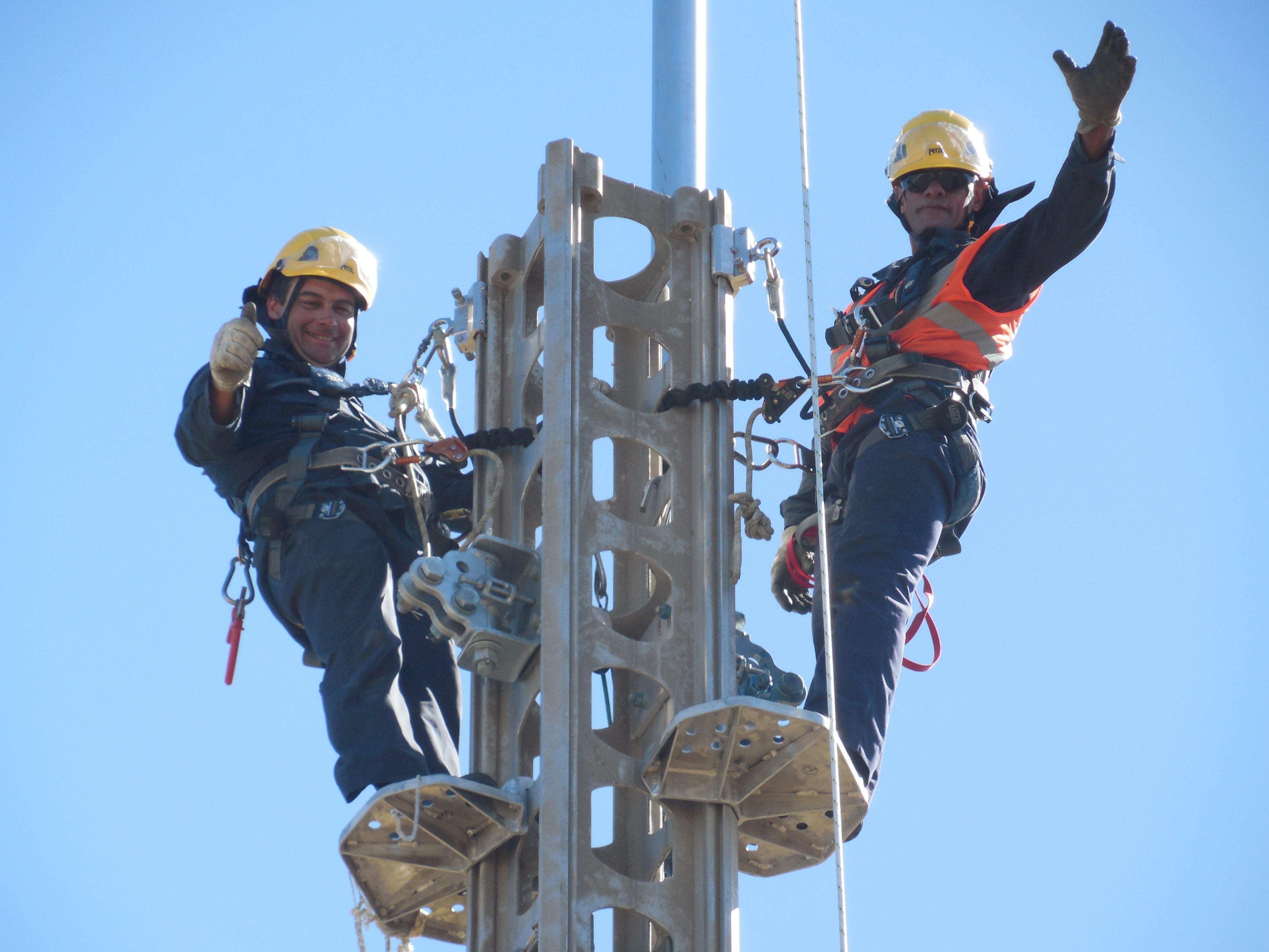As we shift towards a sustainable green economy, it's becoming increasingly important to understand the occupational health and safety concerns of this industry's rapid expansion.
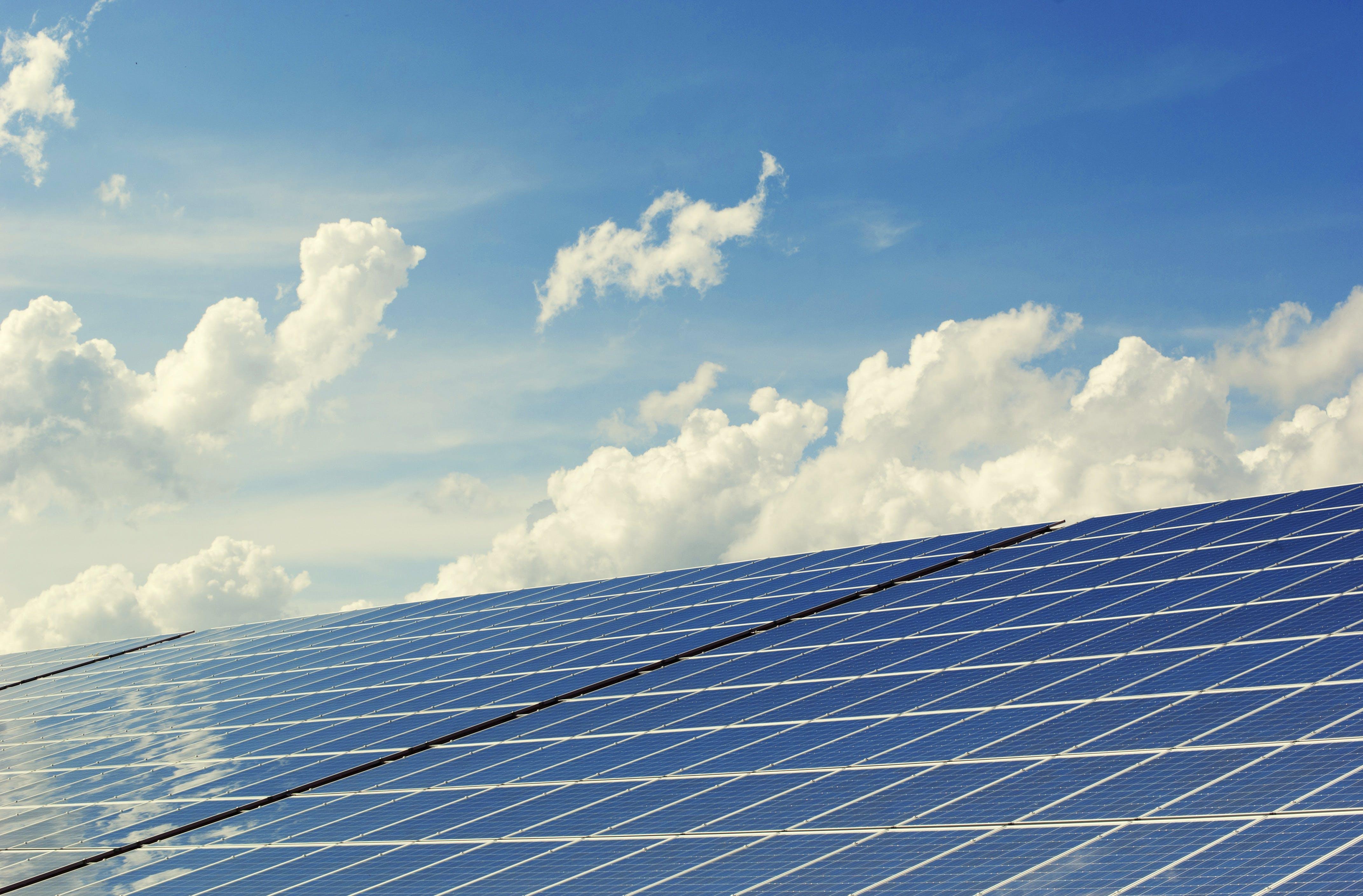
Renewable Energy and its increasing growth
According to the Energy Institute Statistical Review of World Energy, renewable technologies, they contributed around 11% of the world's primary energy consumption in 2019.
Furthermore, the global wind energy capacity has increased significantly in the last decade, reaching over 732 GW by the end of 2021, as the Global Wind Energy Council (GWEC) reported. This is almost three times its capacity from ten years ago.
Renewable energies are entering a reap era, with nations worldwide imposing ambitious net zero goals, the race against climate change and a decrease in price in renewable energy technologies, making it accessible even for developing countries. However, as positive as this "wind of change" might feel, renewable energies come with new challenges for the current grid and the workers involved in these industries.
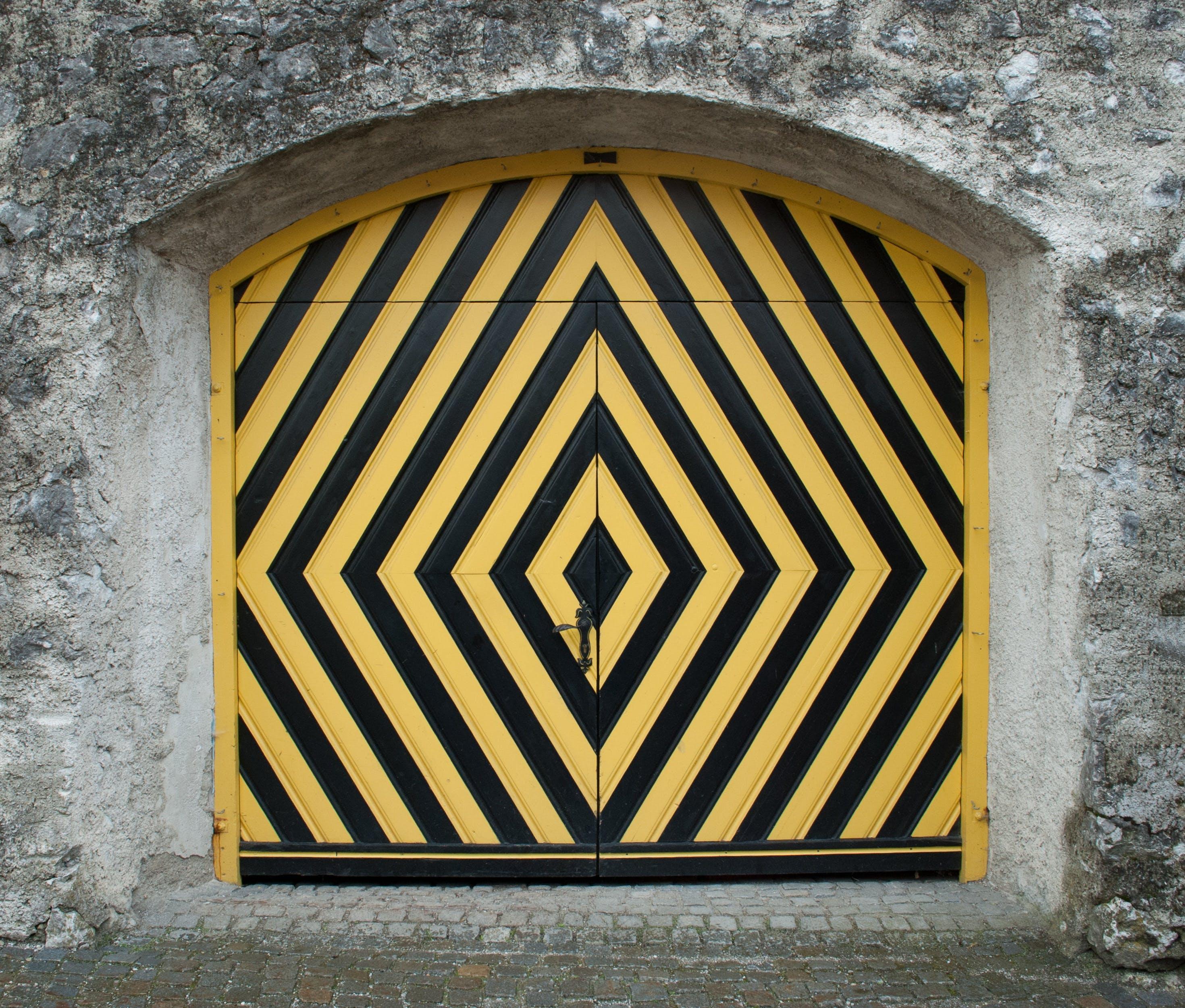
Potential Hazards in the Renewable Energy Sector
Although these sources benefit the environment, they can also pose significant hazards to the workers if they are not managed with care. Therefore, it is essential to proceed with caution and take all necessary precautions to ensure we can continue enjoying the benefits while keeping our workers safe and secure.
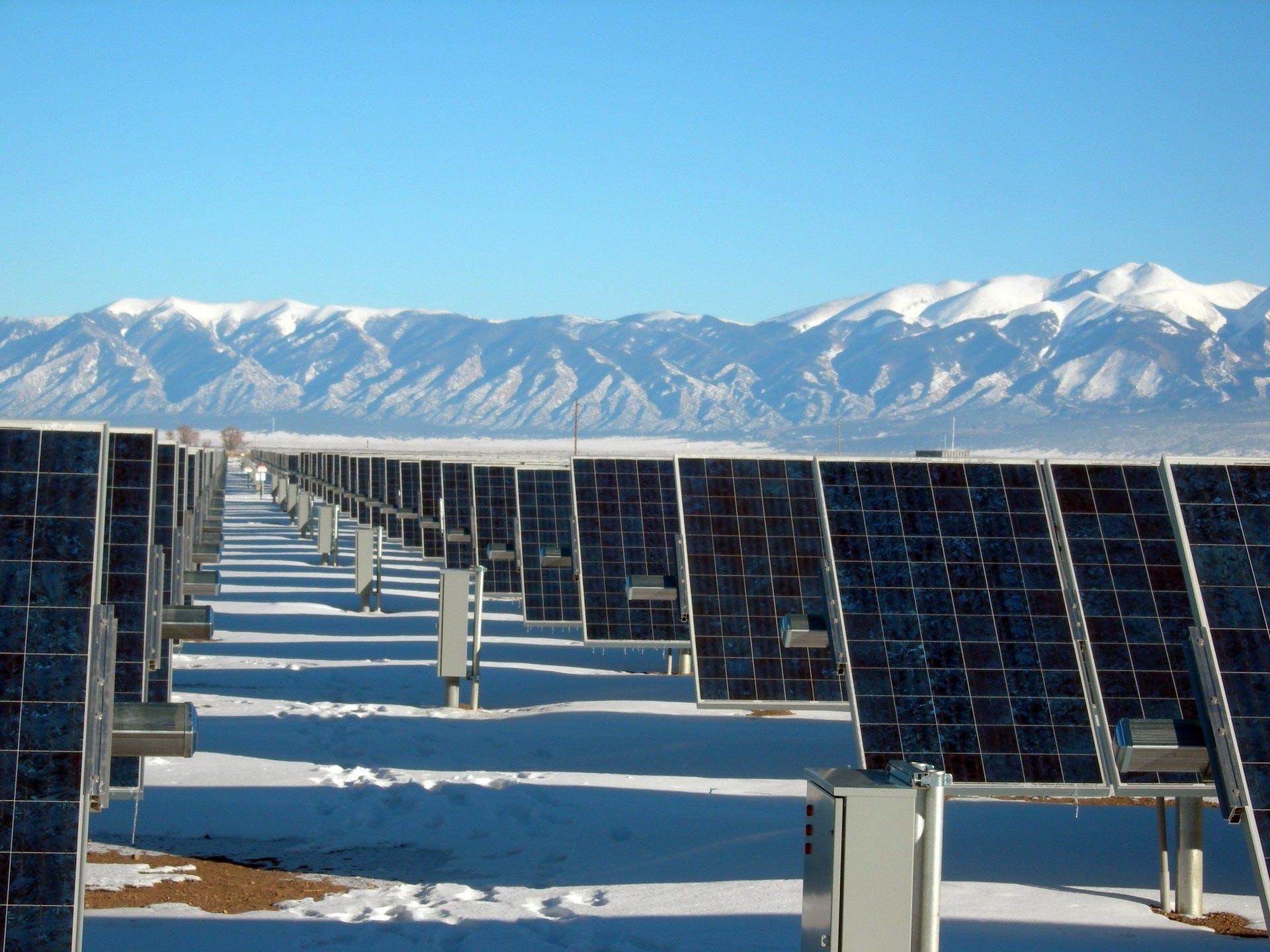
- Solar Energy:
Workers in the solar energy industry are exposed to various hazards, some of which can result in serious injuries or even death. The critical hazards include:
- Machinery Misuse: Solar energy work often requires specialized equipment, such as photovoltaic modules. Misuse of this machinery can lead to thermal burns and other risks.
- Repetitive strain injuries: Repetitive strain injury (RSI) is a term used to describe a group of painful disorders that affect tendons, muscles, nerves, and joints in various parts of the body. These disorders can cause neck, upper and lower back, chest, shoulders, arms, and hands pain. Workers in the solar energy industry and other energy sectors are susceptible to these disorders due to the weight of the components they handle and the cramped working conditions in which they operate.
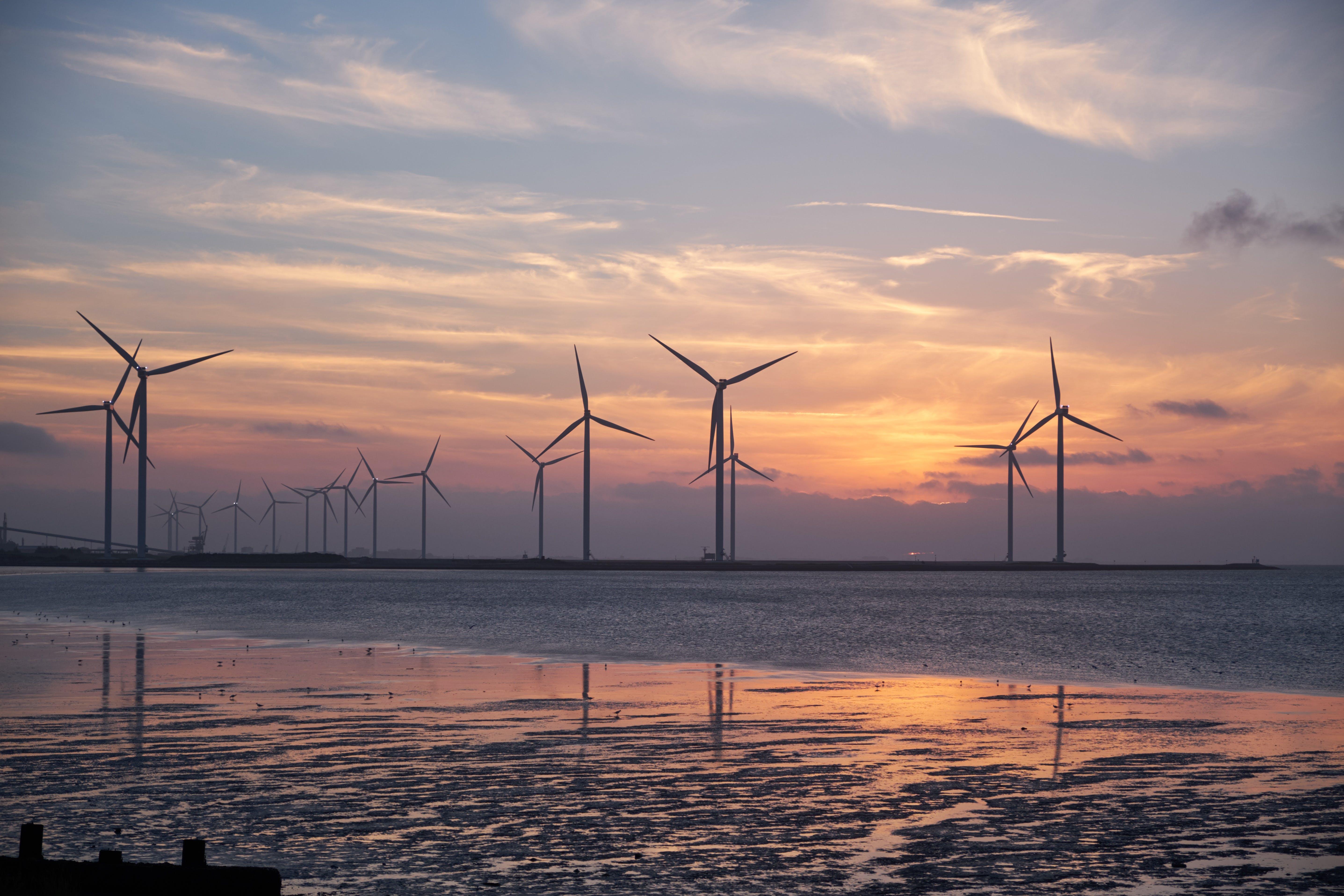
- Wind Energy:
Workers in the wind energy industry face a variety of hazards that can lead to severe injuries or fatalities. These hazards arise from offshore and onshore wind farms' construction, operation, maintenance, and decommissioning. The conditions can be challenging and often involve working in arduous and unpleasant environments. Some of the critical hazards include:
- Electrical Shocks and Arc Flashes/Fires: These can cause severe burns and, in some cases, fatalities. For example, incidents have occurred where workers received shocks while working with electrical equipment, leading to severe injuries or death.
- Falls from Height: Working at significant heights is common in wind turbine maintenance and installation. Lack of proper safety measures or equipment can lead to fatal falls.
- Crushing Injuries: Workers may face risks from heavy machinery and components, leading to crushing injuries.
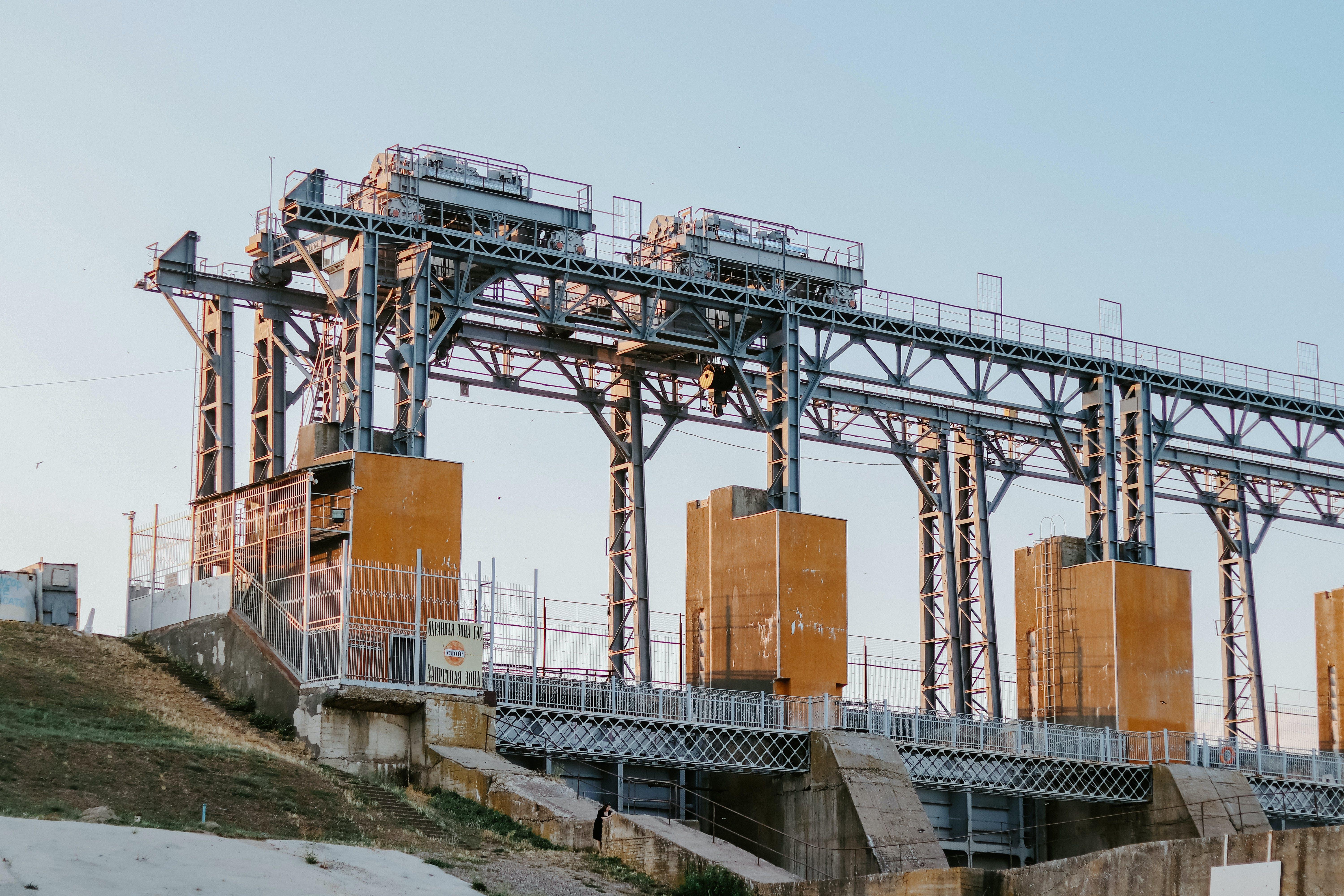
- Hydroelectric Energy:
Workers in the hydroelectric energy industry face several unique hazards due to the nature of their work environment and the tasks they perform. Understanding these hazards is crucial for implementing effective safety measures and reducing the risk of accidents and injuries.
- Lone Worker Risks: Workers in the hydroelectric industry often work alone in remote locations, making them particularly vulnerable to accidents. Lone workers face increased risks of slips, trips, or falls. Emergency response to accidents in such isolated locations can be challenging, emphasizing the need for robust safety protocols and communication systems.
- Confined Space Hazards: Confined spaces present significant risks due to poor ventilation, leading to oxygen displacement and toxic gas exposure. These conditions can cause asphyxiation and other life-threatening situations.
- Specific Hazards at Hydropower Stations: Hydropower stations have unique risks compared to other power generation facilities. These include limited access, no natural lighting, and the possibility of being below the outside water level. Hazards at hydropower stations include fire, explosion, electrocution, flood, entanglement, slips and falls, exposure to chemicals, and asphyxiation.
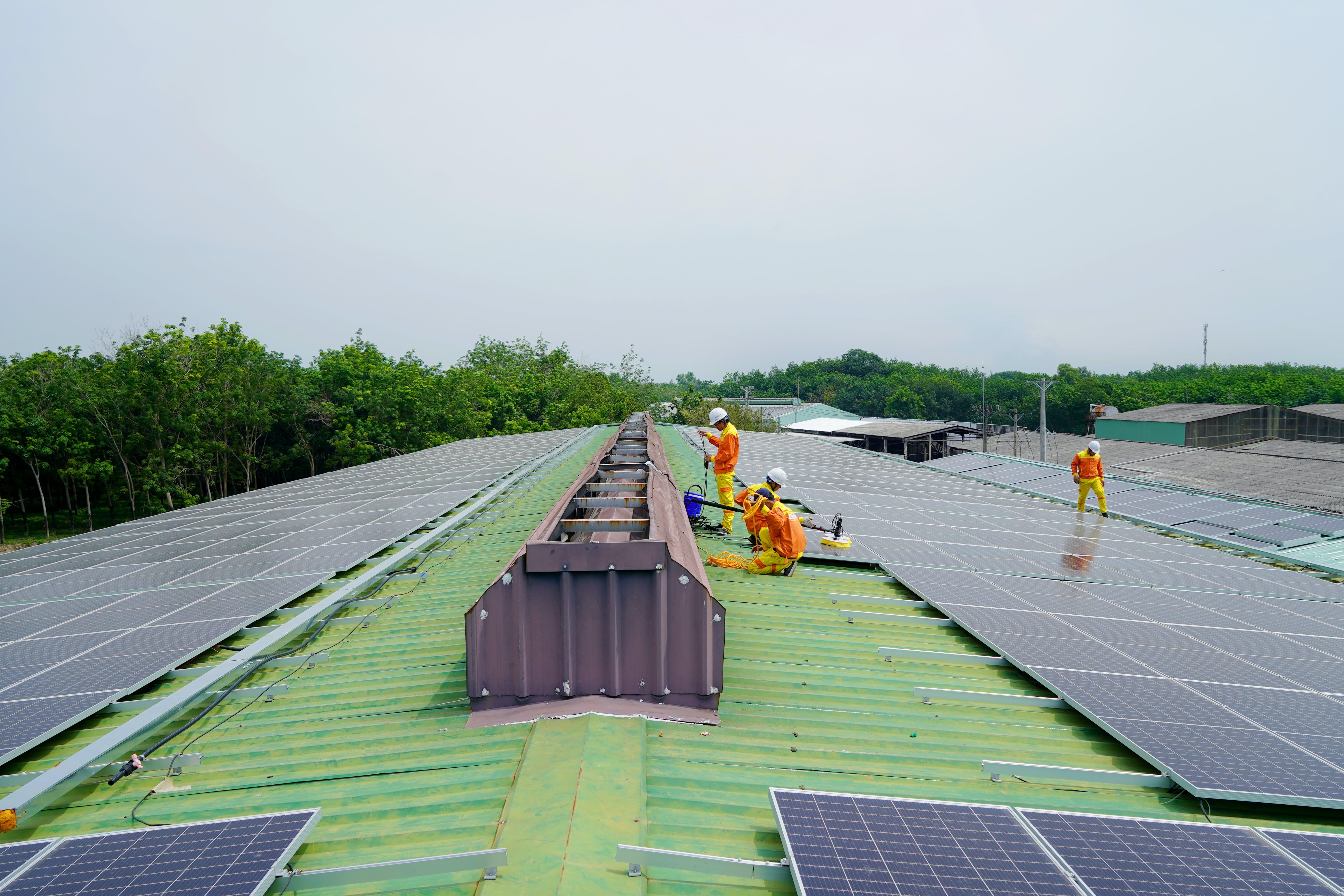
Best Practices for Ensuring Safety
Whether it's harnessing the power of the sun, wind, or water, there are some tried-and-true ways to ensure workers stay safe while working with renewable energy.
- Risk Assessments: This process is crucial to identify and address potential hazards that could derail your project. Think of it as a proactive approach to problem-solving, where you analyze all possible risks associated with the project and create effective mitigation strategies to minimize their impact. By doing so, you'll be better prepared to handle any unexpected challenges that come your way and ensure that your project is completed safely, efficiently, and successfully.
- Safety Training: Keeping workers safe is of utmost importance in any workplace. And one of the best ways to do that is by providing them with continual training. This ensures they are always up-to-date with the latest safety protocols and equipment and can handle emergencies.
- Emergency Preparedness: Having a well-defined emergency response plan and conducting regular drills is crucial to ensure workers can respond quickly and effectively during accidents or crises. This helps keep everyone safe and minimizes the risks of any potential damage.
- Invest in PPE: Mandatory usage and regular inspection of protective gear like helmets, gloves, safety harnesses (such as our CE-certified Fall Arrest) and other equipment (like our work and rest platforms designed to protect workers during installations at significant heights) have proven to be crucial for companies that prioritize safety and efficiency. These measures ensure that the gear is in good condition and can serve its intended purpose effectively.
The Importance of Continuous Learning and Training
The future is bright for renewable energy! With new technologies and methodologies emerging constantly, the sector is evolving rapidly. But to make the most of these exciting opportunities, companies must ensure their workforce is ready to face the unique challenges of renewable energy projects. That's where continuous learning comes in. By prioritizing training and development, businesses can empower their employees to stay ahead of the curve, ready to tackle any obstacle with confidence and expertise.
Conclusion
As we shift towards renewable energy, it is exciting and necessary for a sustainable future. However, the safety of the individuals powering this change is critical. We must understand the potential hazards and prioritize preventive measures. This will ensure that the renewable energy sector can deliver on its promise of a brighter and greener future while also providing a safer work environment for its workforce.
